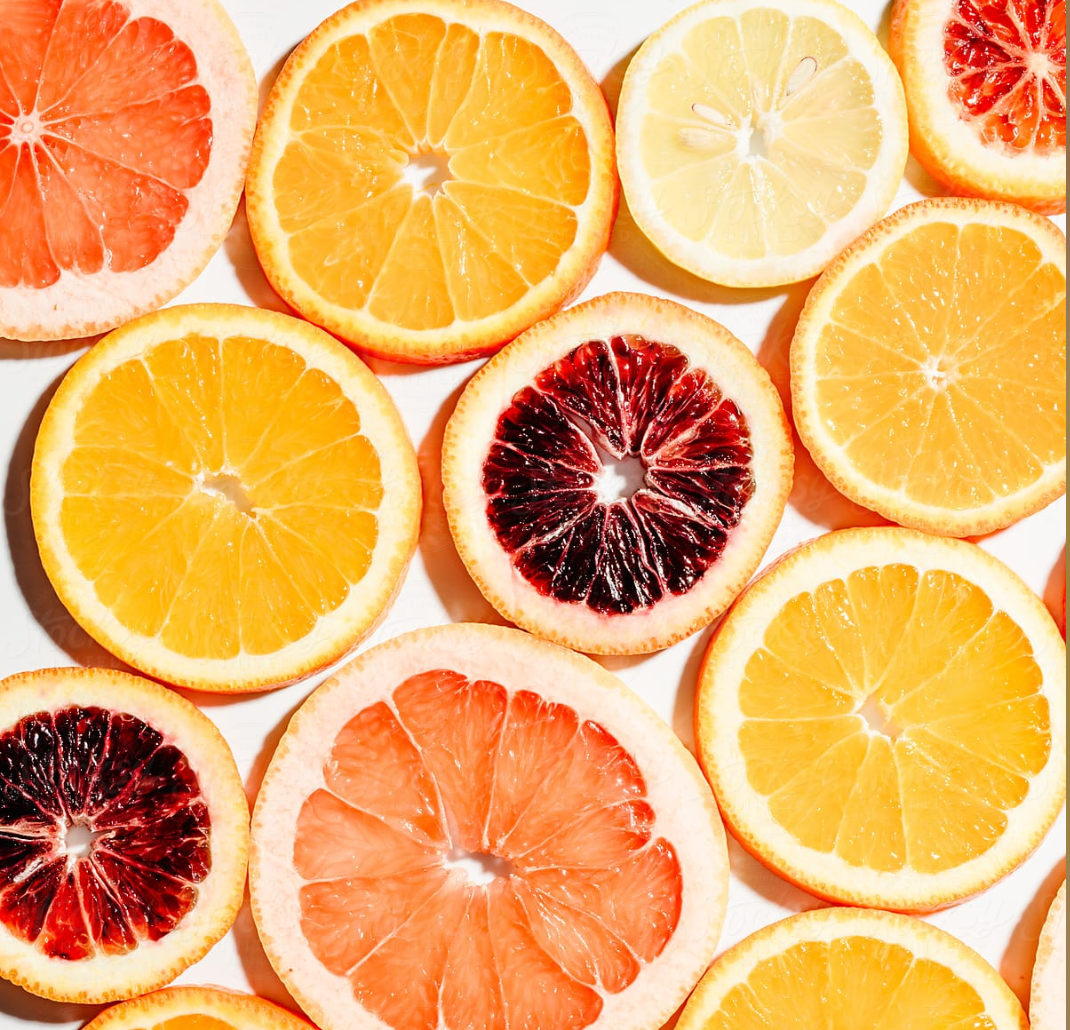The Essential Loophole
As a young woman, I was healed by flower essences. I had a profound illness that I could not find my way around. I was exhausted, depressed and symptomatic. After searching for cures for over a year, a healer in Costa Rica treated me with dew collected from wild blooms and I became well.
I believe in plants and their extraordinary gift to reveal our wholeness to us. The power to heal comes from molecular wisdom that cannot be faked.
Essential oils are now so mainstream, you’ll find them in the grocery store, CVS, Walgreens, Bed Bath and Beyond, Target, even Walmart. In many ways, this represents a desire to heal naturally and be in conversation with the botanical diversity of our planet. Ten years ago, the bulk of essentials oils could only be found through mom and pop health food stores and places like Whole Foods and Sprouts. Now that the industry has exploded, companies like Johnson & Johnson and Proctor & Gamble have gotten into the essential oil business.
The question of essential oil authenticity is not a new issue. Passing synthetic oils off as “natural” has been going on ever since synthetic scents were created in the late 1800s. Today, consumers want clean, natural and pure products. The desire to live a healthy life has more and more consumers reading labels and hunting down 100% natural products. But there’s a huge loophole in FDA cosmetic labeling laws. It allows cosmetic companies to label synthetic oils as essential oils.
The Consumer’s Burden
In the eyes of the FDA, under cosmetic labeling laws, essential oils are no different than lab made fragrance oils. The FDA does not regulate essential oils. This means when you see ‘100% natural essential oils’ on a label, that can mean just about anything. Since scent is considered a trade secret, synthetic fragrances do not need to be listed. A company is well within their rights to misrepresent their ingredients. I know this may seem super daunting as a consumer! If you cannot trust what is on a label, how can you determine the quality of a product?
In aromatherapy, we are taught to deeply inhale and bring the aromatic compounds into our lungs. With synthetic fragrances, that can be toxic, rather than healing. You really don’t want to be inhaling them deeply as they cause a myriad of health issues. To learn more here about the dangers of synthetic fragrance, I have listed trusted informational resources in links at the end of the post.
Becoming An Empowered Sleuth
As many of us with allergies and sensitivities know, taking responsibility for what you eat, touch, breathe and wear can be an unavoidable necessity. I have been in the essential oil business for many years and have learned how to find the real deal and avoid the questionable posers.
TIPS FOR IDENTIFYING AUTHENTIC ESSENTIAL OILS:
Look into companies’ stories and their founders. Why are they in the business of essential oils?
Do they do laboratory analysis of their essential oils? (i.e. GC-MS testing, pesticide residue testing)?
Do they understand multiple chemical sensitivity? Do they have customers with MCS?
BE YOUR OWN SLEUTH –
Ask yourself, when you smell the scent, is it overpowering?
Does the scent linger for more than a few minutes?
Simple test – place 2 drops of essential oil on a piece of paper. Smell the paper after 1 hours, 4 hours, 8 hours. If the scent is still on the paper, it is synthetic. All natural oils dissipate in time.
Do you get a headache or feel nauseous when you smell it?
Does it contain any of the following oils? These highly desired and/or expensive oils are most commonly synthetic oils passed as authentic:
Sandalwood
Rose
Jasmine
Lavender
Peppermint
Grapefruit
If it’s sandalwood, rose or jasmine, it is likely to be synthetic. These oils cost hundreds of dollars for a tiny bottle.
Here’s a list of the most commonly sold artificial oils marketed as “natural”
Cucumber, Strawberry, Pineapple, Raspberry (no such oils exist, sorry!)
Plumeria, Gardenia, Lilac, Lily, Lotus, Pikake, Orchid (really, any exotic flower is probably artificial. While these oils can sometimes be extracted as an absolute, the cost would break the bank).
If you would like to learn more.
https://www.omicsonline.org/open-access/detecting-essential-oil-adulteration-jreac.1000132.php?aid=40867
https://www.huffpost.com/entry/five-mustknows-on-the-dan_b_4737654
https://www.ewg.org/research/not-so-sexy




